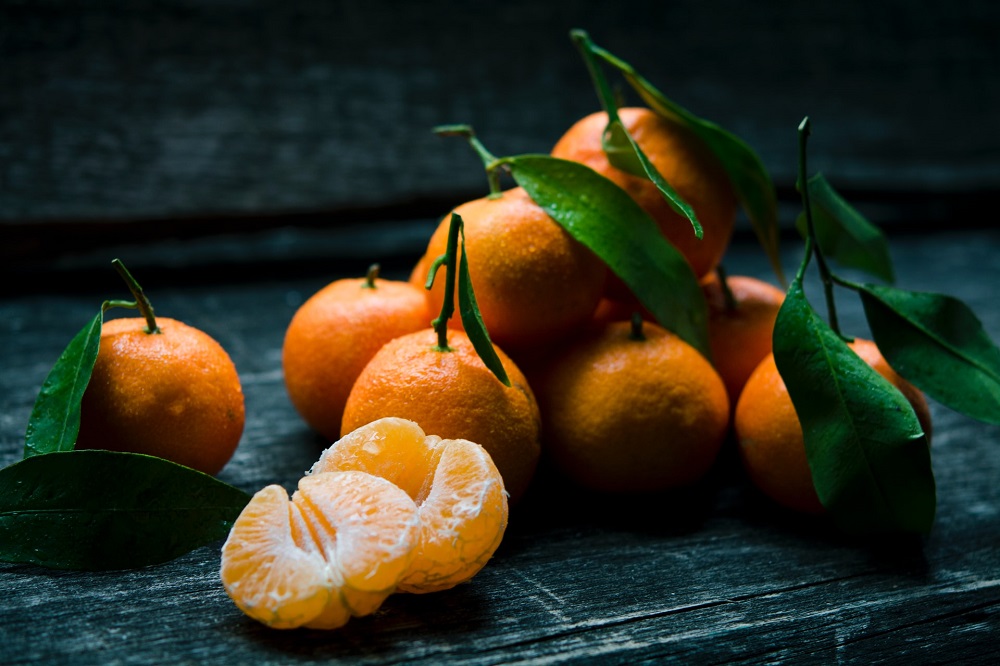Satsuma tree is one of the most planted citrus trees in the world. The mandarin orange does well in USDA hardness zones 8 to 11. You can also be sure of the tree to thrive in areas that experiences cold winters and hot summers. Although the tree is regarded as cold-hardy citrus that does better in colder climates, the tree can’t bear temperatures below 12 degrees Fahrenheit.
Factors that Contribute to Freezing of Satsuma Tree
- The freezing temperatures. Satsuma and Kumquats have a greater degree of cold hardness compared to other edible sweet citrus. However, once the temperature drops below 12 degrees Fahrenheit, you can expect the plant to freeze.
- The duration of minimum temperature. Satsuma tree will freeze if exposed to temperature between 20 to 28 degrees Fahrenheit for 5 to 10 hours.
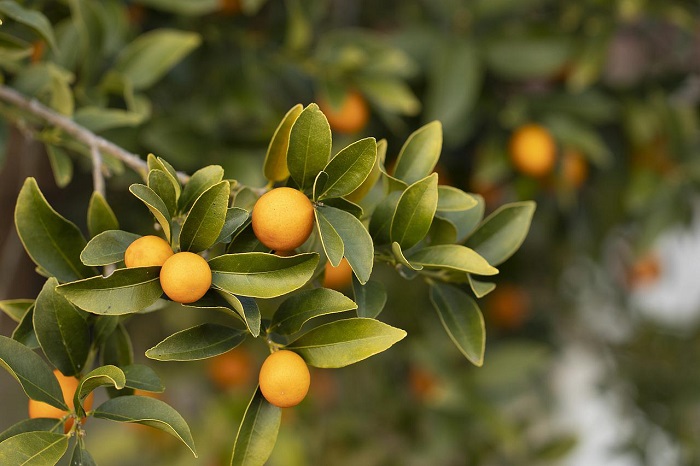
- Age of the plant. Mature Satsuma tree will likely withstand much cold than younger trees. They will also much better recover form cold injury than the young trees.
- Hardening of the plant. Hardening of plant occurs towards winter. Hardening Satsuma tree will lower its freezing point up to 5 to 6 degrees than the plant that is not hardened.
- The health of the trees. Healthier trees will resist cold damage than diseased trees.
How to Protect the Satsuma Tree from Freezing
Having this tree in itself is the first measure to avoid winter damage to your citrus trees. With a mature Satsuma tree kept in good condition, you can be sure to employ a few measures in extreme weather to keep the hope of your tree reproducing fruits in the right time. Common ways you can protect your tree from freezing include the following.
1. Wrap the trunk
This is one of the main techniques used to protect citrus trees in winter. Its aim is to protect the young tree’s graft. In so doing, the tree can sprout again if the branches are freeze.
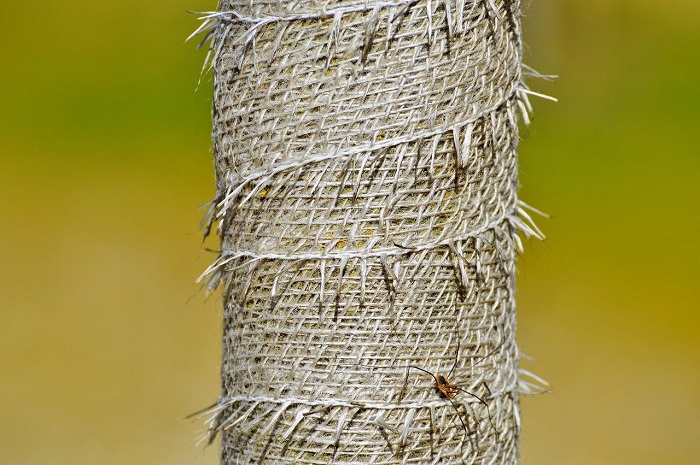
One of the materials you can use to cover the trunk is a tree wrap. Some Satsuma growers use burlap, blankets or a cardboard. However, you will need to regularly check the trunk if ants or other insect has infested it.
Another material you can use to cover the trunk is soil. This is effective especially for younger or small trees. Just bank up clean soil on the trunk up to a foot, or two feet high. Banking should be done before winter and remove it in the spring.
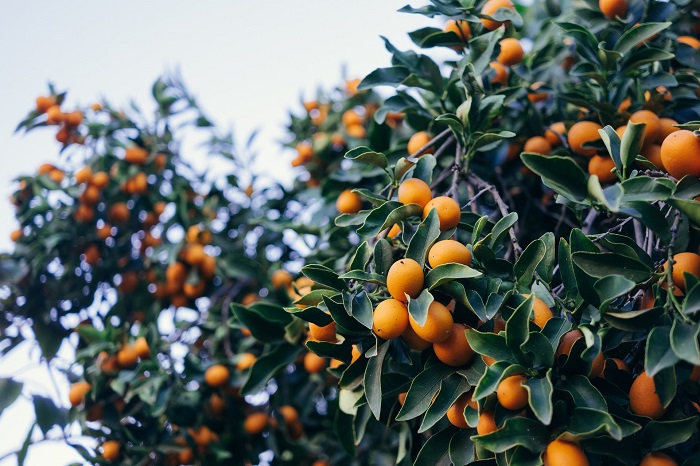
2. Cover the entire tree
Trees will usually become dormant in the winter. But the soil will continue radiating heat. Covering the entire tree will retain this heat and protect the tree from cold. For maximum impact, stretch the cover to the ground all around the tree to help gather and keep more heat. This will also create more humid atmosphere.
However, covering the tree might not be effective if the cold persists for more than two days. For this reason, you can employ further tactics to ensure that your tree does not freeze. Some citrus tree growers usually set up frames to enable quick covering when it is cold and uncover the tree when the temperature rises. The frames are also helpful, especially for young trees. They will keep your cover from weighing down the branches.
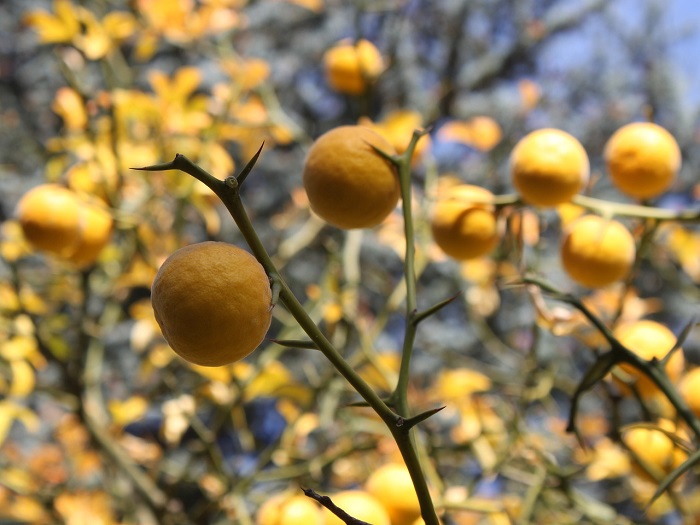
If you use a plastic cover, ensure you have some sort of venting during the sunny days. Otherwise the plant might overheat. Using this cover might break dormancy, necessitating the plant to begin growing, which may render the plant susceptible to frost damage. For this reason, consider settling for “frost cloths” specifically meant for protecting your tree from freezing.
Once you cover your Satsuma tree, you will expect the temperature to rise during the day to generate heat in the soil around the tree. If this won’t happen, you will need to take up further measures to ensure that your cover is effective. In this case, add heat generating light bulbs under the cover.
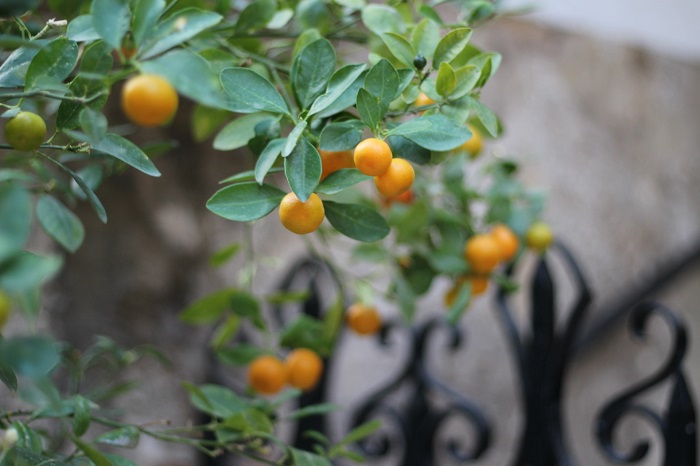
You can also use old-fashioned Christmas lights to raise the temperature under the covers. The best thing about Christmas lights is that they cannot damage your Satsuma tree even if they get in contact. Ensure you connect your lighting to an approved and safe outlet to avoid shocks and other electric related accidents.
Note that the tree may overheat if you cover the entire tree for long. For this reason, monitor the temperature under the cover to ensure it is below 85 degrees Fahrenheit. You can provide venting on sunny warm days to keep the tree from overheating. Venting is also essential for supplying fresh air.
3. Sprinkle the ground around the tree.
The best time to water your tree is before the winter spell. The moisture in soil will act as a cold buffer. Besides, watering the tree will increase cold hardiness.
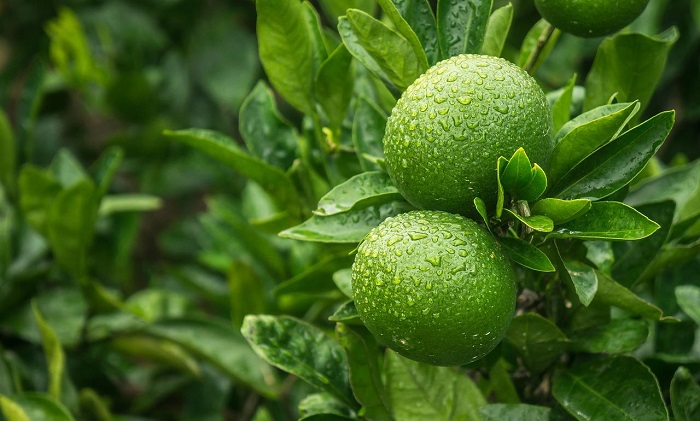
Some gardeners will also do continuous watering through the winter. Note that ice will not protect the tree. The trick behind this protection is the heat released from the freezing and melting processes of the water. This keeps the temperature of the encased plant tissue to stay around 32 degrees Fahrenheit. For maximum impact, water using mist nozzles. Remember to water constantly through the winter until the temperatures rise above freezing.
4. Prune the trees log before winter.
If you have a larger Satsuma tree plantation, your trees might benefit from this technique. Prune in the spring so that the tree will grow to maturity before winter. With proper pruning, you will maintain a full and dense canopy that will cut the wind speed eventually reducing the rate of cooling.
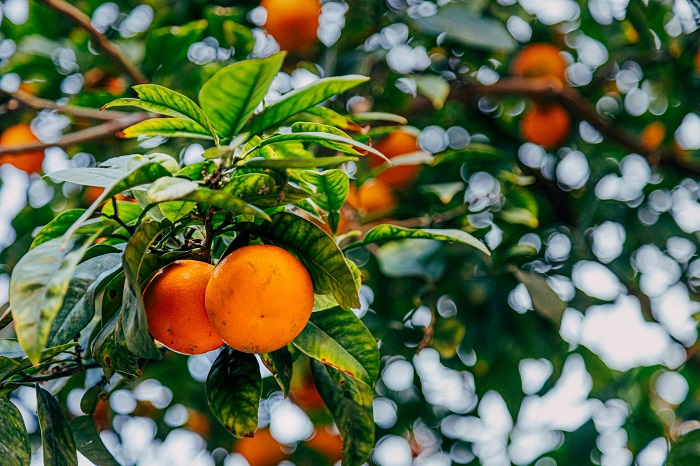
5. Do clean cultivation under the tree canopy.
You can clear grass, weeds and straw mechanically or by using herbicides. This should be done before winter. The essence of clearing this mulch is to allow heat to enter the soil under the tree at day that can be released at night.
Additional tips
- Do not fertilize towards winter season as this may reduce the tree hardiness
- Avoid using oil sprays towards winter. This sprays, too, decrease cold tolerance.
